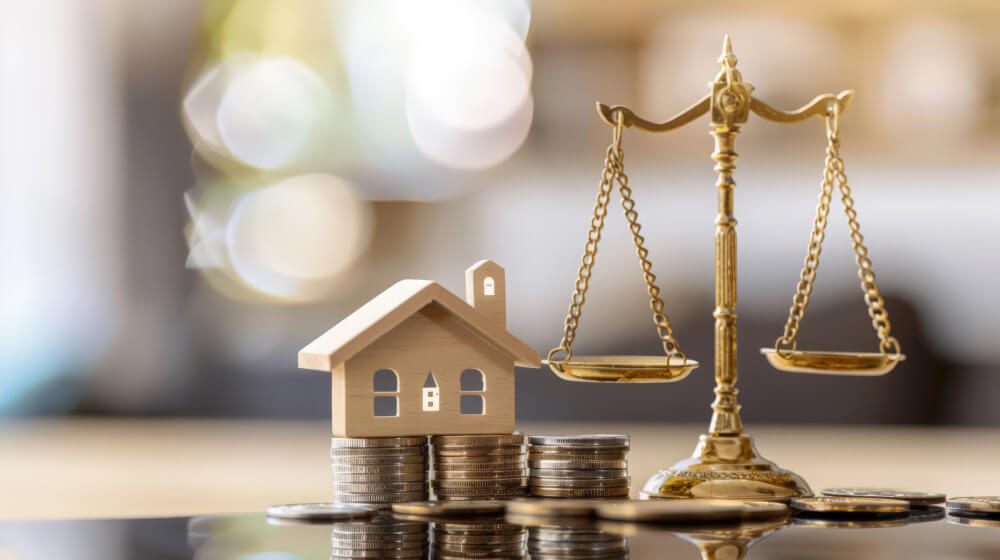1. Energy-Efficient Building Envelopes
Overview: The building envelope, which includes the walls, roof, windows, and doors, plays a crucial role in a home’s energy efficiency. Advances in materials and construction techniques are making building envelopes more efficient than ever.
Key Features:
- High-Performance Insulation: Use of advanced insulation materials like spray foam, rigid foam, and blown-in cellulose to minimize heat transfer.
- Triple-Glazed Windows: Triple-glazed windows provide superior insulation compared to traditional double-glazed options.
- Cool Roofs: Roofs designed to reflect more sunlight and absorb less heat, reducing cooling costs.
Benefits:
- Reduced Energy Consumption: Lower heating and cooling needs result in significant energy savings.
- Increased Comfort: Improved insulation and air sealing lead to more consistent indoor temperatures.
- Lower Utility Bills: Reduced energy use translates to lower utility bills for homeowners.
2. Renewable Energy Integration
Overview: Integrating renewable energy sources into home design is becoming more mainstream. Solar panels, wind turbines, and geothermal systems are popular choices for generating clean, renewable energy.
Key Features:
- Solar Panels: Photovoltaic (PV) panels convert sunlight into electricity, providing a sustainable energy source.
- Geothermal Heating and Cooling: Systems that use the stable temperature of the earth to heat and cool homes efficiently.
- Wind Turbines: Small-scale wind turbines generate electricity from wind, suitable for homes in windy areas.
Benefits:
- Energy Independence: Homeowners can generate their own electricity, reducing reliance on the grid.
- Environmental Impact: Renewable energy systems reduce greenhouse gas emissions and reliance on fossil fuels.
- Long-Term Savings: Initial investments in renewable energy can lead to substantial long-term savings on energy bills.
Join HICP Homeowner’s Alliance
Connect with experts, get special discounts and enjoy member benefits
3. Water Conservation Systems
Overview: Water conservation is a critical aspect of sustainable home design. New technologies and design strategies are helping homeowners reduce water usage and waste.
Key Features:
- Low-Flow Fixtures: Faucets, showerheads, and toilets designed to use less water without sacrificing performance.
- Greywater Systems: Systems that recycle wastewater from sinks, showers, and washing machines for irrigation and toilet flushing.
- Rainwater Harvesting: Collecting and storing rainwater for use in landscaping and non-potable applications.
Benefits:
- Reduced Water Bills: Lower water consumption results in lower utility bills.
- Resource Conservation: Helps conserve fresh water, a valuable and often limited resource.
- Sustainability: Reduces the environmental impact of water use and waste.
4. Sustainable Materials
Overview: The use of sustainable building materials is a key trend in eco-friendly home design. These materials are sourced responsibly, have a low environmental impact, and often provide superior performance.
Key Features:
- Recycled Materials: Use of materials like recycled steel, reclaimed wood, and recycled glass in construction and finishes.
- Bamboo and Cork: Renewable materials that grow quickly and can be harvested sustainably.
- Low-VOC Products: Paints, finishes, and adhesives with low levels of volatile organic compounds (VOCs) to improve indoor air quality.
Benefits:
- Environmental Impact: Reduces the environmental footprint of home construction and renovation.
- Health Benefits: Improves indoor air quality and reduces exposure to harmful chemicals.
- Aesthetic Appeal: Offers unique and attractive design options that are both sustainable and stylish.
5. Smart Home Technology
Overview: Smart home technology is enhancing sustainability by optimizing energy use, improving efficiency, and providing greater control over home systems.
Key Features:
- Smart Thermostats: Devices like the Nest Learning Thermostat that learn homeowner habits and adjust heating and cooling for maximum efficiency.
- Automated Lighting: Systems that adjust lighting based on occupancy and natural light levels to reduce energy use.
- Energy Monitoring: Tools that track and analyze energy consumption, providing insights for reducing usage.
Benefits:
- Efficiency: Optimizes energy and resource use, reducing waste and lowering utility bills.
- Convenience: Provides homeowners with greater control and automation of home systems.
- Sustainability: Supports sustainable living by making it easier to manage and reduce energy consumption.
6. Indoor Air Quality Improvement
Overview: With a growing awareness of the health impacts of indoor air quality, sustainable home design is increasingly focusing on improving air quality through better ventilation and non-toxic materials.
Key Features:
- Air Purifiers: Systems that filter out pollutants, allergens, and toxins from indoor air.
- Ventilation Systems: Energy-efficient ventilation systems that ensure a constant supply of fresh air while minimizing energy loss.
- Non-Toxic Materials: Use of low-VOC and natural materials to reduce indoor air pollution.
Benefits:
- Health: Reduces the risk of respiratory issues and other health problems associated with poor air quality.
- Comfort: Enhances indoor comfort by maintaining a clean and fresh environment.
- Environmental Impact: Supports overall sustainability by reducing reliance on synthetic and harmful materials.
7. Passive Design Strategies
Overview: Passive design strategies leverage the natural environment to heat, cool, and light homes, reducing the need for mechanical systems and energy consumption.
Key Features:
- Orientation: Positioning homes to take advantage of natural sunlight and shade.
- Thermal Mass: Using materials that absorb and store heat to regulate indoor temperatures.
- Natural Ventilation: Designing homes to promote airflow and natural cooling.
Benefits:
- Energy Savings: Reduces the need for artificial heating, cooling, and lighting.
- Comfort: Provides a comfortable living environment through natural means.
- Sustainability: Minimizes environmental impact by reducing reliance on energy-intensive systems.
Emerging trends in sustainable home design are reshaping the way we build and live in our homes. By prioritizing energy efficiency, integrating renewable energy, conserving water, using sustainable materials, incorporating smart technology, improving indoor air quality, and employing passive design strategies, homeowners can create living spaces that are not only environmentally friendly but also healthier, more comfortable, and cost-effective.
As these trends continue to evolve, staying informed and adopting these practices can help homeowners contribute to a more sustainable future while enjoying the benefits of a thoughtfully designed and efficient home. Whether you’re planning a new build or renovating an existing property, embracing these sustainable design trends will ensure your home is well-equipped to meet the challenges of today and tomorrow.




















